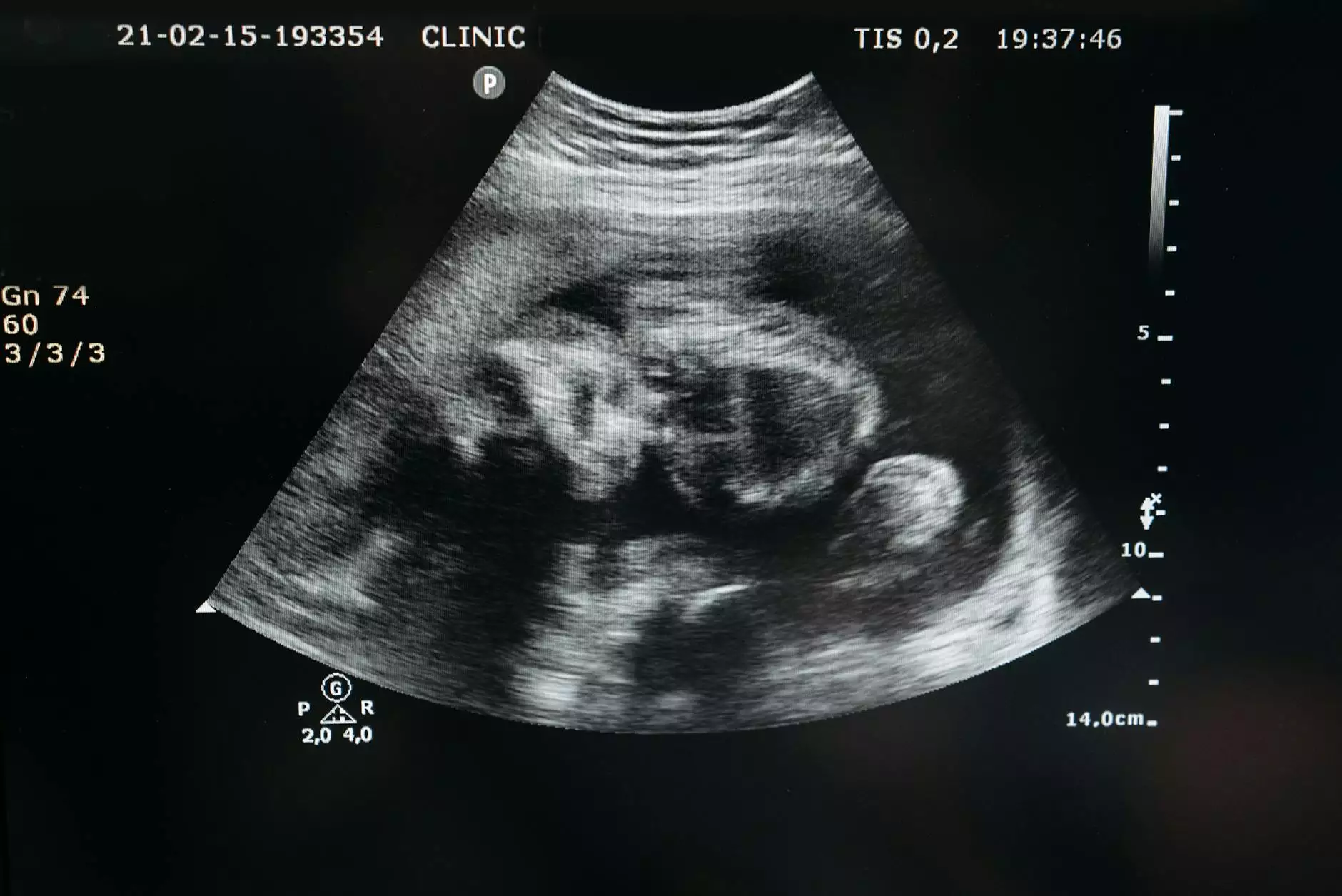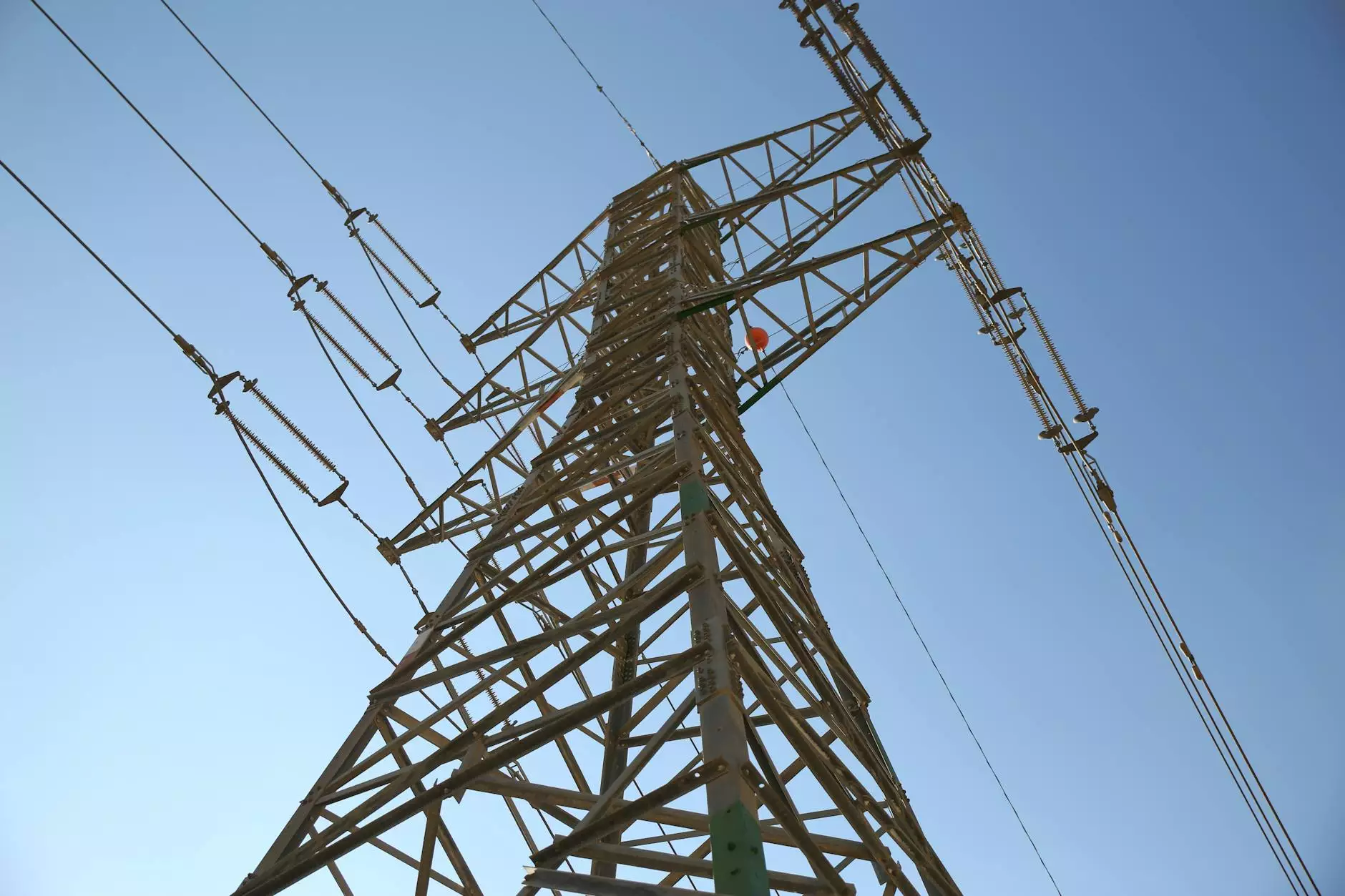CT Scan for Lung Cancer: Understanding Its Importance

Lung cancer is one of the most prevalent types of cancer worldwide. Its diagnosis and treatment are pivotal to improving survival rates and patient outcomes. Among the various methods utilized to detect lung cancer, a CT scan for lung cancer stands out for its efficiency and accuracy. This comprehensive guide will delve into the mechanism of CT scans, their role in lung cancer detection, the advancements in technology, and what patients can expect during the process.
What is Lung Cancer?
Lung cancer occurs when cancer cells form in the lung tissues, primarily caused by factors like smoking, air pollution, exposure to toxic substances, and genetic predisposition. Early detection is critical as it tremendously affects treatment outcomes. The two main types of lung cancer include:
- Non-Small Cell Lung Cancer (NSCLC): The most common type, accounting for about 85% of lung cancer cases.
- Small Cell Lung Cancer (SCLC): More aggressive and accounts for roughly 15% of lung cancer cases.
Importance of Early Detection
Detecting lung cancer in its initial stages significantly increases the chances of successful treatment. Unfortunately, symptoms often do not appear until the disease has progressed. Regular screenings, especially for high-risk individuals, are vital. This is where a CT scan for lung cancer becomes essential.
How Does a CT Scan Work?
A CT scan, or Computed Tomography scan, combines X-ray technology with computers to create detailed images of the body. Unlike regular X-rays, which provide a flat image, CT scans produce cross-sectional images that offer more comprehensive views of organs and tissues. The procedure involves the following steps:
- Preparation: Patients may be asked to refrain from eating or drinking for several hours prior to the scan.
- Contrast Material: In some cases, a contrast agent may be administered orally or intravenously to enhance the visibility of abnormalities.
- Imaging: The patient lies on a table that slides into the CT scanner. Multiple images are taken, usually in less than 30 minutes.
Why is a CT Scan Crucial for Lung Cancer?
The CT scan for lung cancer plays a vital role for various reasons:
- High Accuracy: CT scans are more sensitive than traditional X-rays in detecting lung nodules and tumors.
- Early Detection: The scans can identify smaller tumors that are not visible through other imaging techniques, facilitating earlier intervention.
- Monitoring: For patients already diagnosed with lung cancer, CT scans are essential for staging and monitoring the effectiveness of treatments.
- Guidance for Biopsies: They assist in precisely guiding biopsies, ensuring that samples for pathological examination are obtained from the correct locations.
Who Should Get a CT Scan for Lung Cancer?
While CT scans are an excellent tool for lung cancer detection, they are typically recommended for specific groups:
- High-Risk Individuals: This includes current or former smokers aged 50 to 80 with a significant history of smoking.
- Family History: Individuals with a family history of lung cancer are also considered for more frequent screenings.
- Previous Lung Conditions: Those who have a history of lung diseases or conditions like COPD may be advised to undergo regular screening.
What to Expect During a CT Scan
Patients often wonder about the CT scan process and what to expect. Here’s a brief outline:
- Arrival: Upon arrival at the imaging center, patients will be asked to complete some preliminary paperwork.
- Preparation: Patients may need to change into a gown and remove any metal objects that could interfere with the scanning process.
- Positioning: Patients will be asked to lie on their back on a scanning table, typically with their arms raised above their head.
- During the Scan: The technician will step out of the room while the scan is performed; patients will hear whirring and clicking sounds but will not feel pain or discomfort.
- Post-Scan: After the scan, patients can typically resume normal activities, and they will receive results within a few days.
Potential Risks and Benefits of CT Scans
While CT scans are invaluable in diagnosing lung cancer, it is essential to consider both the risks and benefits:
Benefits:
- Comprehensive Imaging: CT scans provide clear images that aid in accurate diagnosis.
- Timely Treatment: Early detection through CT can lead to timely treatment, potentially improving patient survival.
- Minimally Invasive: Compared to surgical biopsies, CT-guided biopsy techniques are less invasive and can be performed under local anesthesia.
Risks:
- Radiation Exposure: CT scans involve exposure to ionizing radiation, which, in rare cases, may increase the risk of cancer over a lifetime.
- Contrast Reactions: Some patients may experience allergic reactions to contrast agents.
Advancements in CT Technology
The field of medical imaging has witnessed significant advancements in CT technology, improving the accuracy and efficiency of lung cancer detection. These advancements include:
- Low-Dose CT Scanning: Techniques that reduce radiation exposure while maintaining diagnostic quality.
- 3D Reconstruction: New algorithms allow for enhanced three-dimensional imaging, improving tumor localization and assessment.
- AI Integration: Artificial intelligence is increasingly used to assist radiologists in identifying abnormalities, improving diagnosis speed and accuracy.
Preparing for a CT Scan
A little preparation before undergoing a CT scan can go a long way in ensuring a smooth experience:
- Inform Your Doctor: Share your complete medical history and any medications you are currently taking.
- Follow Instructions: Adhere to any fasting or dietary recommendations provided by your healthcare provider.
- Arrive Early: Give yourself ample time to complete any necessary paperwork before the appointment.
Interpreting CT Scan Results
Once the CT scan is completed, a radiologist will analyze the images and provide a report to your physician. Depending on the findings, your doctor will discuss the next steps, which may include:
- Further Testing: Additional imaging or diagnostic tests may be necessary to confirm findings.
- Treatment Options: If lung cancer is diagnosed, your team of specialists will discuss treatment strategies tailored to your specific condition.
- Follow-Up Scans: Regular monitoring through follow-up scans may be recommended for those with detected abnormalities.
Conclusion
The CT scan for lung cancer remains a cornerstone in the early detection and effective management of one of the most challenging health issues of our time. By facilitating precise imaging and rapid diagnosis, CT scans enable healthcare professionals to make informed decisions that can significantly impact patient outcomes. If you or a loved one is at risk for lung cancer, consult your healthcare provider about incorporating CT scanning into your health monitoring regimen.
For more information about lung cancer, CT scans, and comprehensive health services, please visit HelloPhysio.sg for expert guidance and support.









